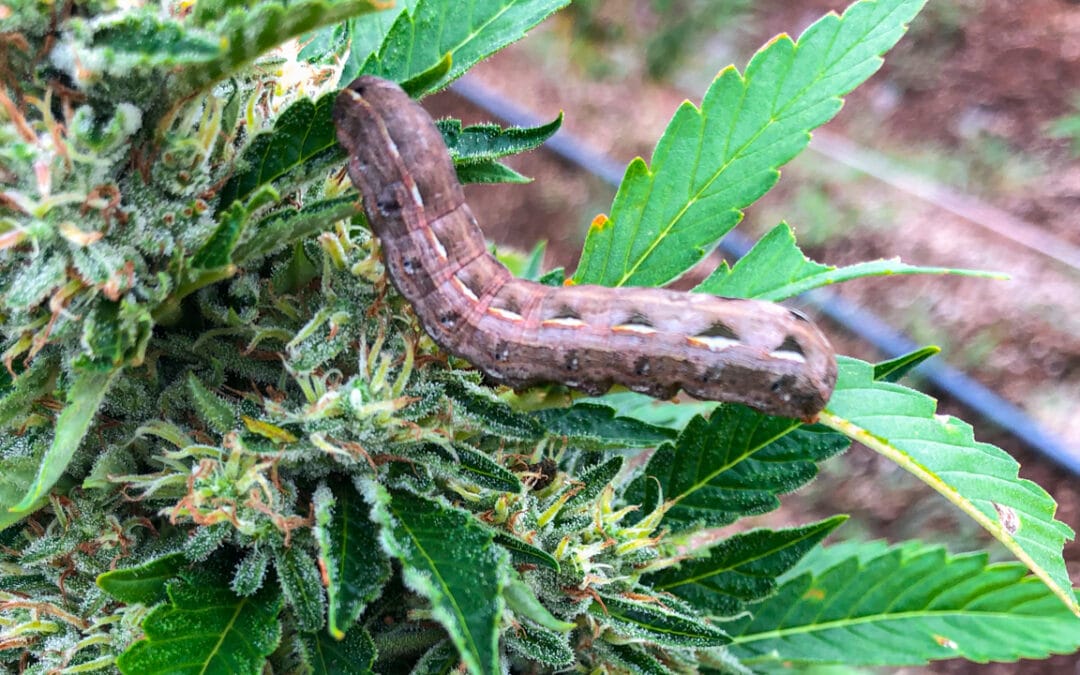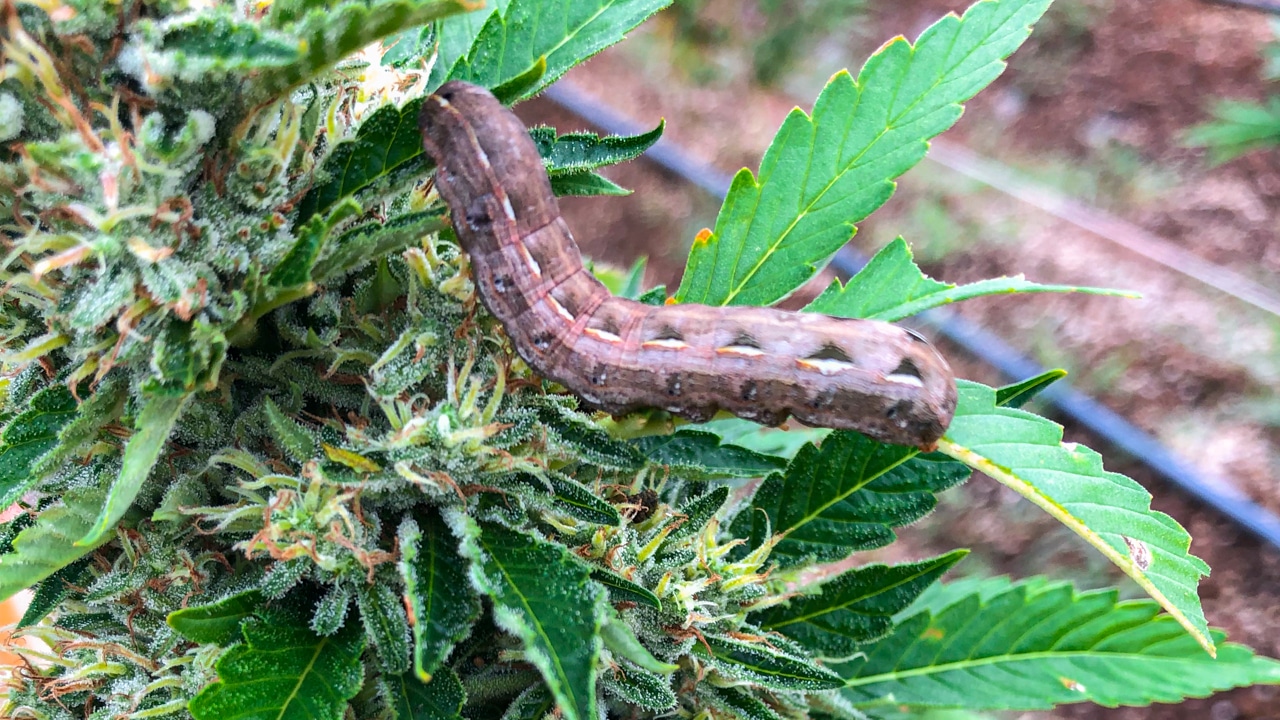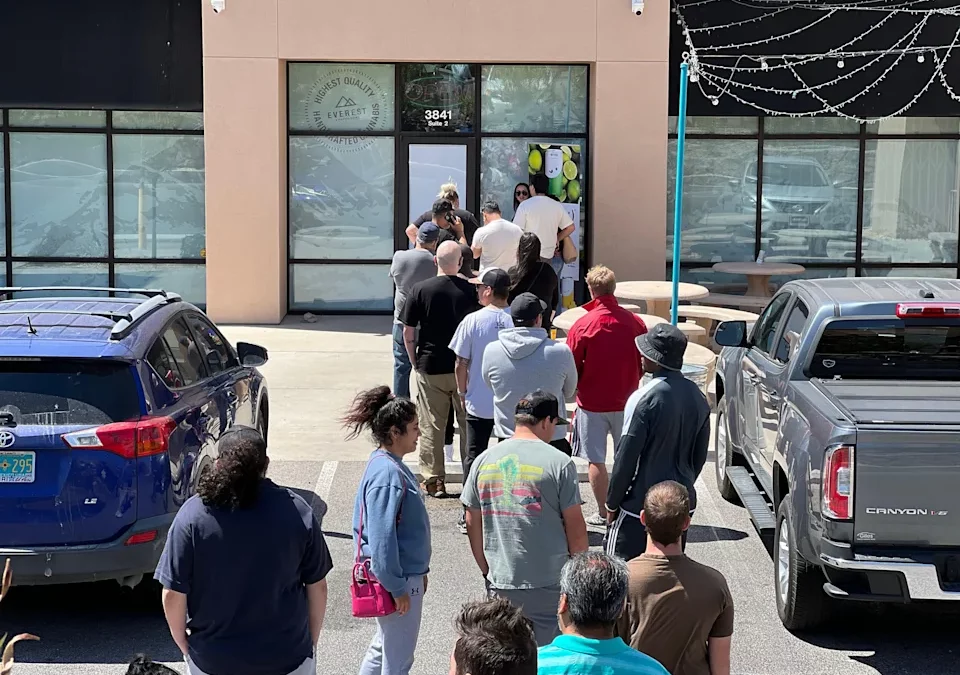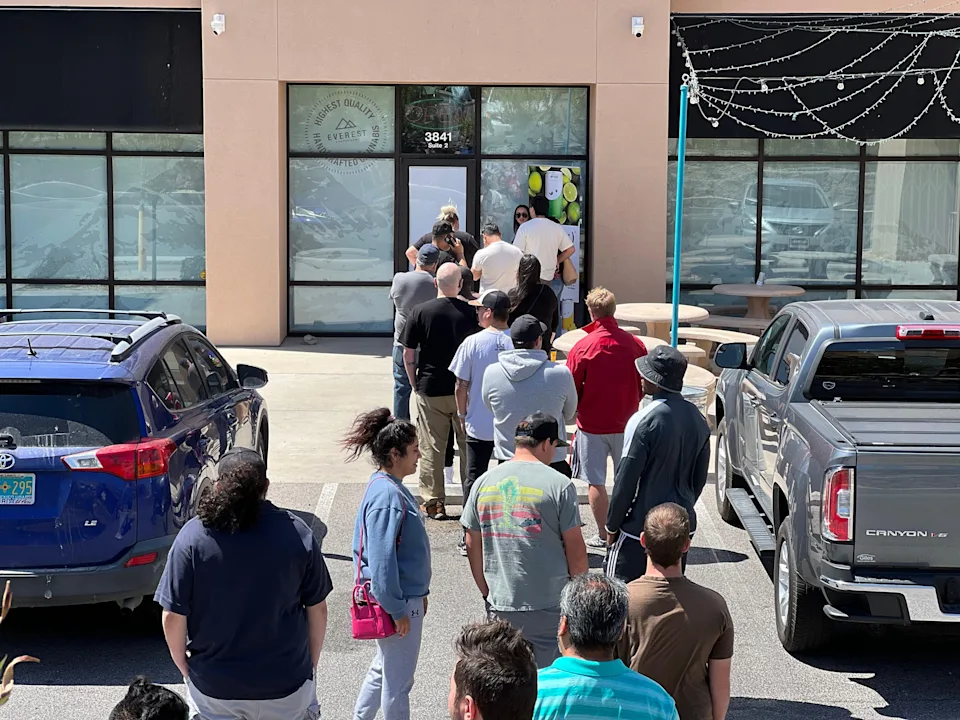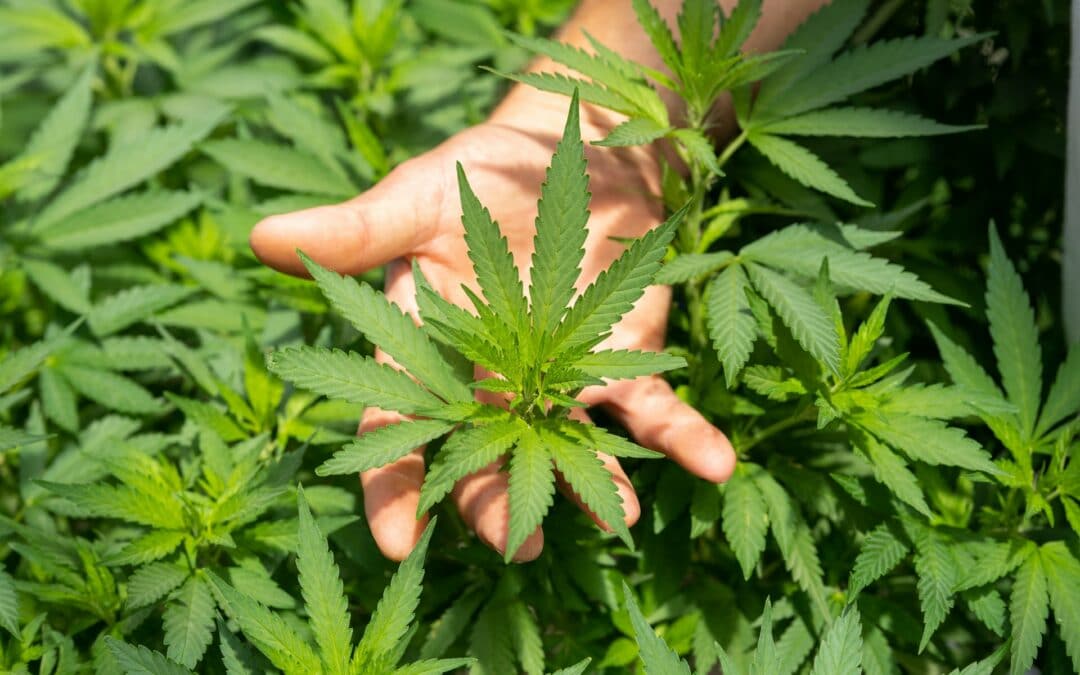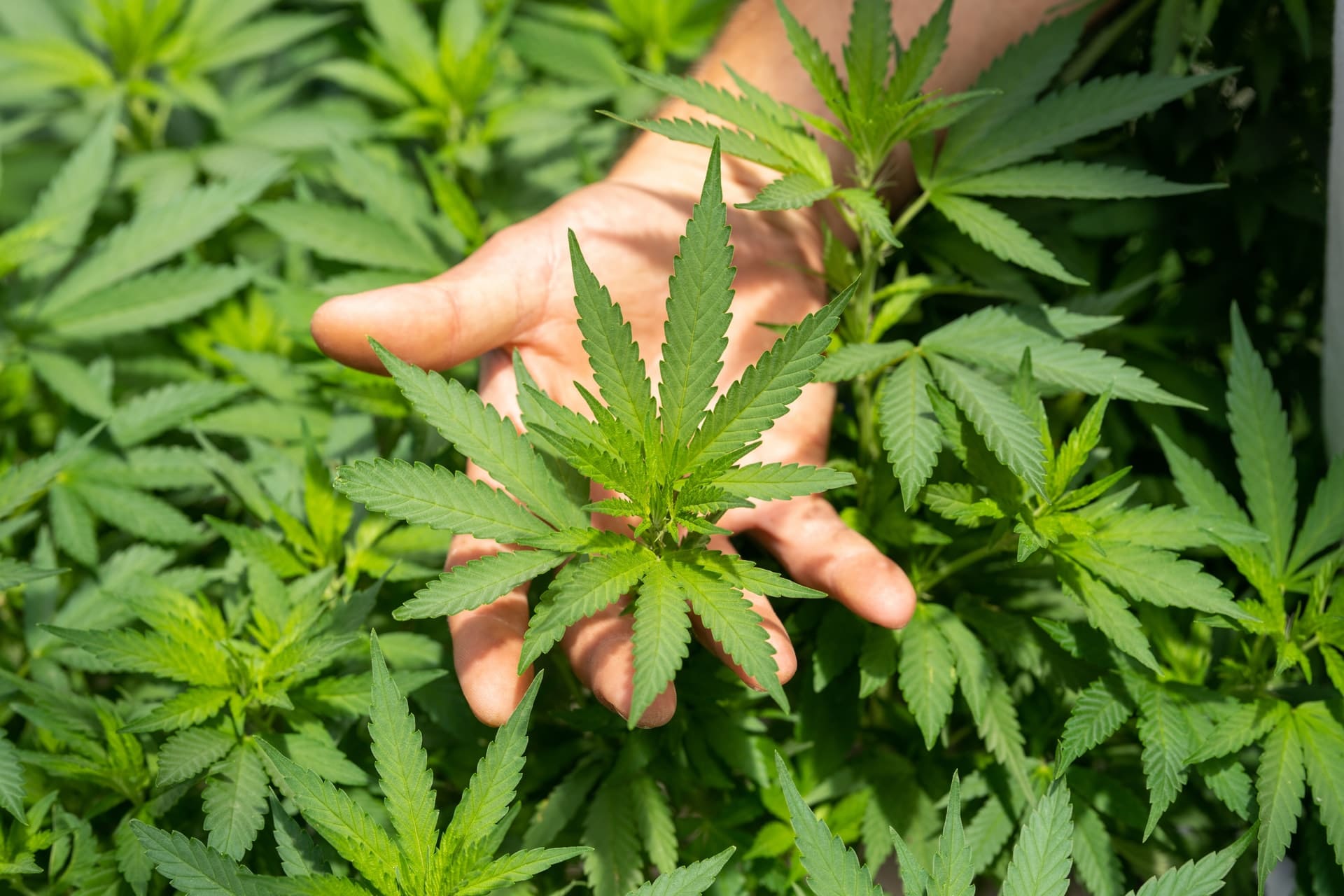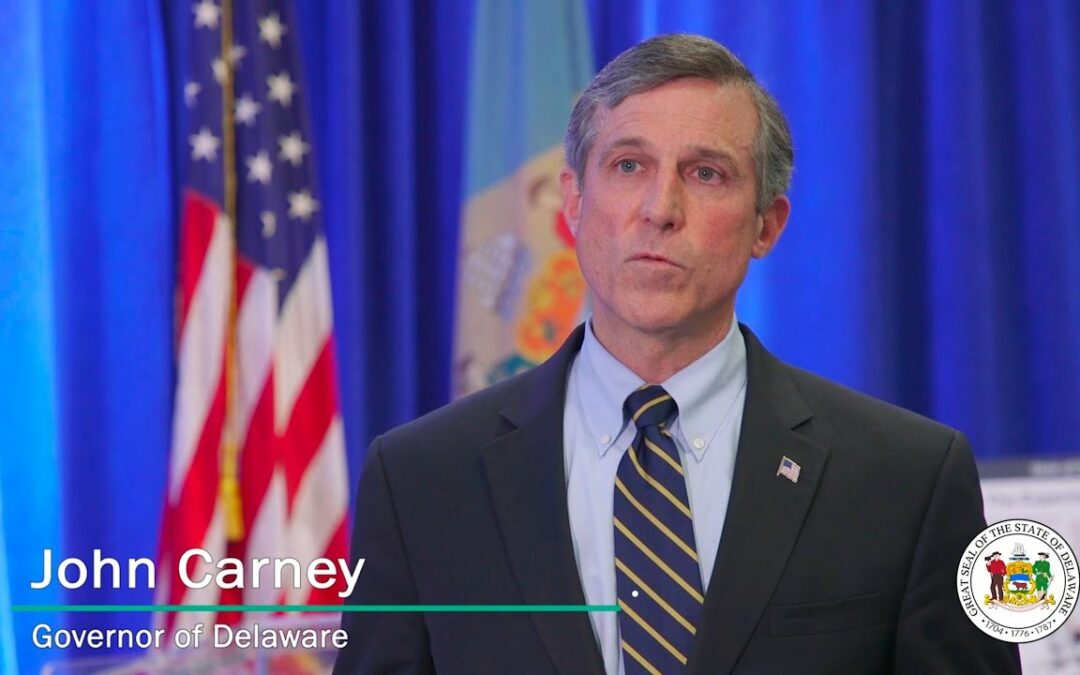
Delaware cannabis law passes Legislature, waits on Governor

A bill that would allow personal possession of cannabis for adult-use in Delaware has passed through the legislature. However the state’s governor has already said he does not support cannabis legalization.
Delaware’s Senate gave final approval to the bill legalizing possession of up to one ounce of marijuana by adults for recreational use in the second week of May. The legislation cleared the Senate 13-7 with the vote holding on party lines.
Sen. Bruce Ennis of Smyrna, a retired state trooper, was the only Democrat joining Republicans in opposing the bill. The bill passed the Democrat-controlled House on a 26-14 vote the week before.
Now the bill heads to the desk of Governor John Carney (D) who has expressed his opposition to legal cannabis in the past.
However he hasn’t spoken specifically on whether he would sign a legalization bill that made it to his desk.
“We’ll review the bill, but the governor’s position hasn’t changed,” Carney spokeswoman Emily David said after the vote.
Delaware cannabis laws currently impose a $100 fine for possession of an ounce or less if the user is 21 or older. The new legislation, if passed, would remove this provision.
Anyone under the age of 21 would still receive a civil penalty for possession, and public consumption and possession of more than one ounce would remain a misdemeanor. While the new bill would legalize possession, consumers would not be allowed to directly sell cannabis to other consumers.
However consumers will be allowed to “transfer” cannabis products between each other legally. Without a regulated industry to go along with it, this bill’s passing would likely lead to a gift/donation industry similar to Washington DC.
Cannabis was legalized in DC in 2015, however legislative barriers prevent a regulated industry from being established. There is now a thriving grey market that operates through a gifting and donating loophole in the law.
A separate bill to establish and regulate a recreational cannabis has also passed through two House committees and is awaiting consideration by the full chamber. Sen. Trey Paradee, the chief sponsor of the bill, has said that he would want his bill which already passed through the legislature to be vetoed should the partner legislation for a regulated industry not make it through as well.
Whether the governor will wait for the partner legislation to pass before deciding on the initial bill or not is yet to be seen. However without a legal industry framework to support it, in addition to the governor’s voiced opposition to legal cannabis, the odds of either bill passing in the near future seem unlikely.

